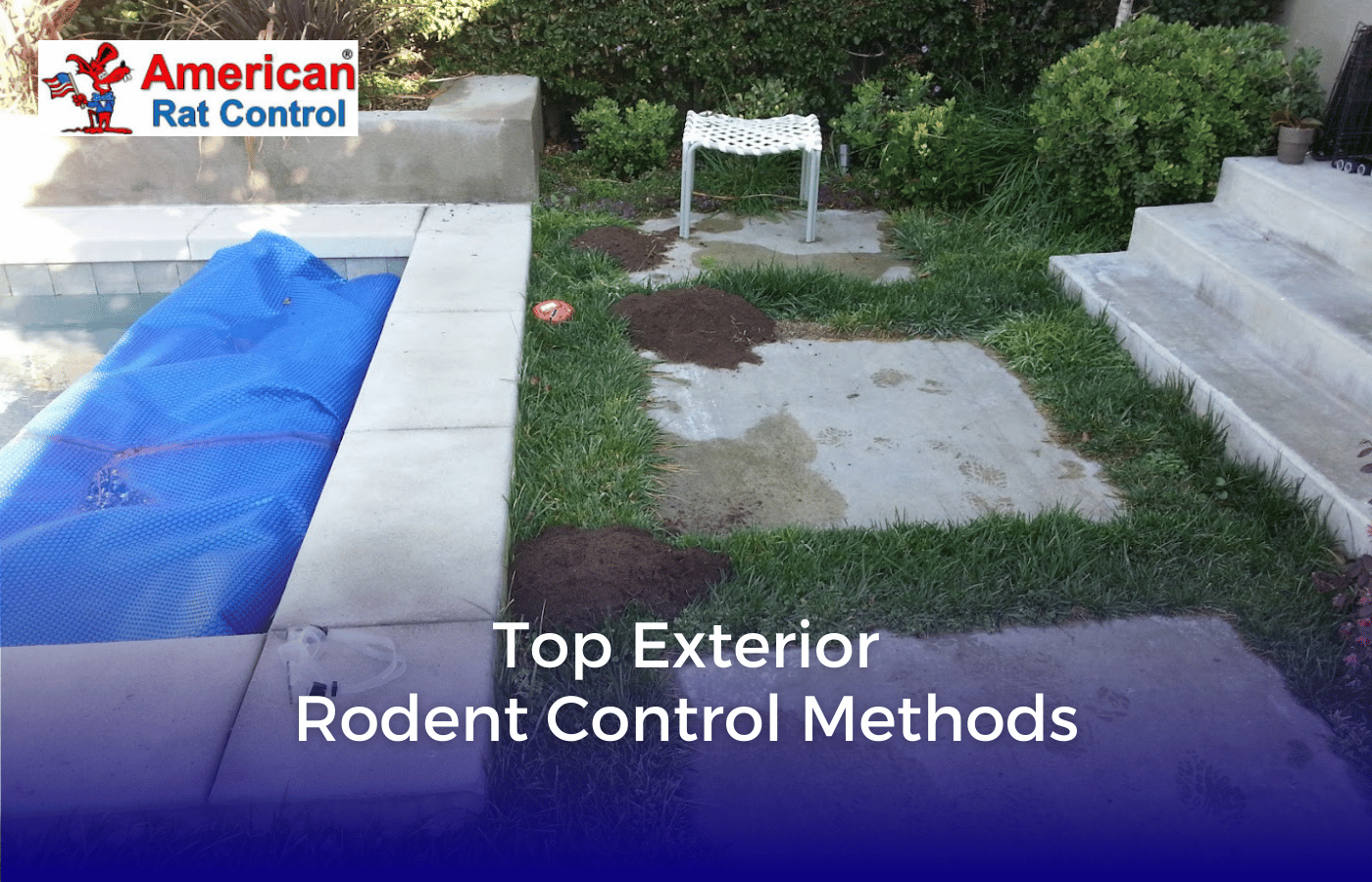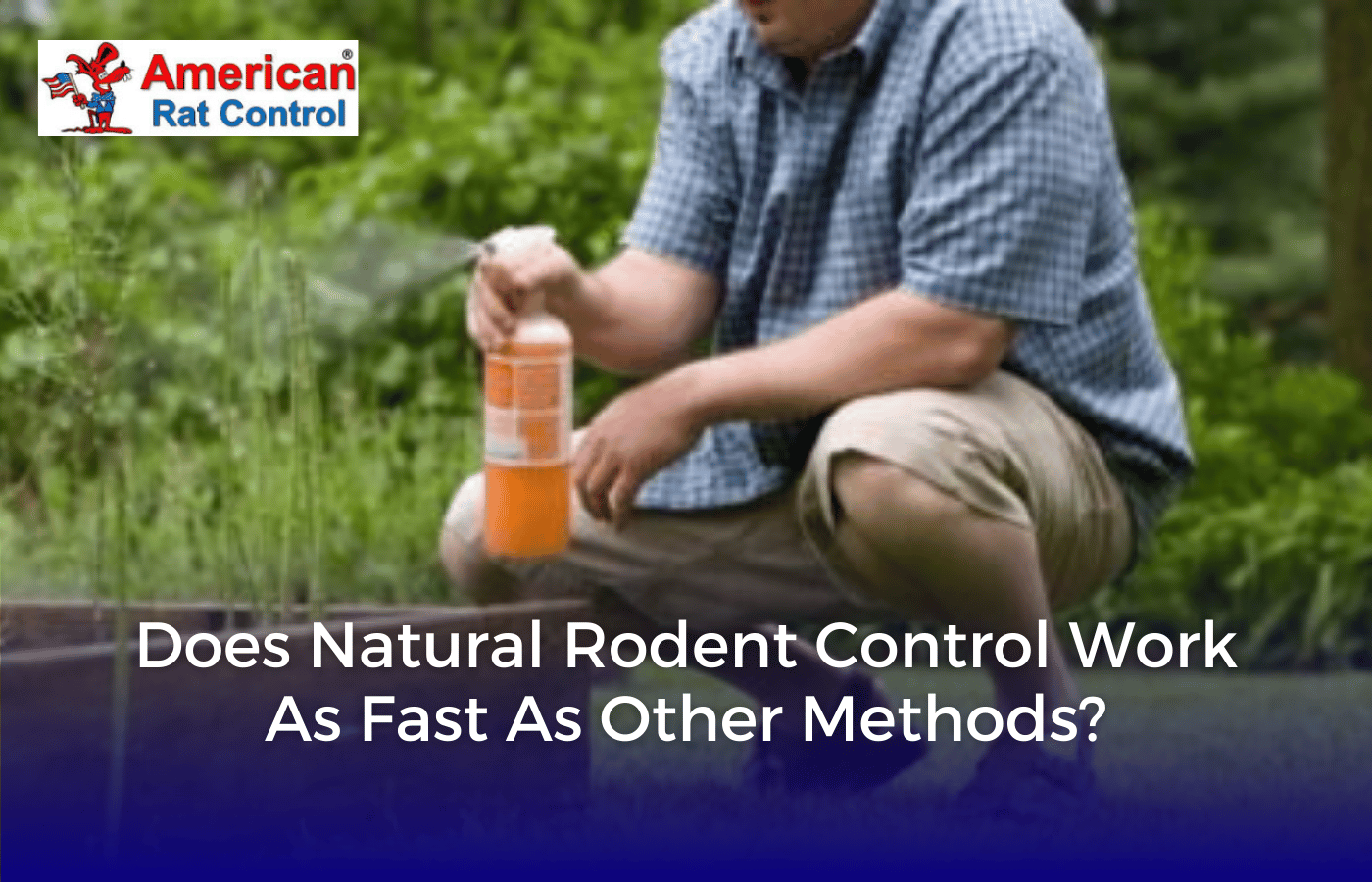Pest control is the science of effectively mitigating and controlling the behavior and reproduction of organisms that are considered harmful to humans. This is something that we have been dealing with for our entire history, as far back as trying to prevent insects from destroying grain stores in the back of caves or the very first human settlements. In the modern day, the most common type of pest control is using chemicals, or pesticides, to control these populations, although this can be combined with other techniques like physical traps for the most effective control.
What is a Pesticide?
Pesticides vary from the natural, to the manufactured, to the downright dangerous. One of the most infamous pesticides is DDT, which was discovered to have devastating environmental effects several decades after its introduction, largely spurred on by the environmental movement of the 70s and the famous book Silent Spring. Since then, pest control experts have developed pesticides that are less harmful to humans, pets, and the environment, and which can be used without fear of the devastating natural impact of DDT.
Pesticides can be further classified into subcategories depending on which type of pest they are meant to control. Some of the most common are as follows:
- Insecticides to control insect populations
- Herbicides to control unwanted plant populations
- Rodenticides to control rat, mouse, and other rodent populations
- Fungicides to control fungal growth
- Bactericides to mitigate the spread of harmful bacteria
- Avicides to control bird populations
- Chemosterilants and Growth Regulators to control the reproduction of pests
Choosing the right type of pest control will depend on what type of infestation you are dealing with and how serious it is. It’s best to leave this work to the pest control professionals, as it can be dangerous, have harmful effects on the environment if done incorrectly, and can be far more effective than store-bought and self-applied pesticides. Hiring a pest control company is the best way to ensure peace of mind, your safety, and usually a guarantee that the pest won’t return for a period of time.
However, if you are going to be applying store-bought pesticide at home, it’s important to follow some basic safety tips and read all the applicable instructions. Personal Protective Equipment (PPE) should be worn according to any instructions, including items such as long-sleeved shirts, pants, a respirator if necessary, and eye protection. If you take these simple steps, you should be able to utilize this highly effective means of pest control as a starting measure to see if it mitigates the problem effectively.
Traps, Tricks, and other Techniques
Pesticides, while being the most common and overall effective method of pest control, can be enhanced even further by combining them with other methods of pest control. One of the most popular is traps, which can be set with bait, pheromones, or using glue to catch animals. Glue traps run the risk of catching other animals besides the pest you are trying to catch, so it’s best to use a more specific type of trap that is designed to attract the pest you want to control.
From “roach hotels” to mousetraps, this type of pest control can largely be placed and forgotten about. Besides checking them once in a while and disposing of any dead rodents or insects, these traps are an easy and effective way to control pests. Professional companies specialize in placing traps that won’t harm children or pets nearby, known as bait stations, so it’s a good idea to use their services for extra peace of mind.
In addition to simple trapping, there are some other, more holistic, approaches to pest control. The old adage, “An ounce of prevention is worth a pound of cure”, is especially true when talking about pests. The best way to avoid them is to simply not allow your home to become a desirable location for them to infest.
You can do this by following some simple steps:
- Never leave food out, and clean up all crumbs. Make sure your kitchen is clean every time you leave it.
- Cover all openings or entrances into the house tightly, leaving less than ¼ inch of space. Be sure to notice where all pipes or utilities enter the house and seal them as tightly as possible.
- Keep your yard as clear as possible, and never let trash pile up inside or outside the house, especially paper or styrofoam materials that are attractive nesting materials for rodents.
All pest control besides these strategies should be seen as a last resort, when it’s too late to effectively prevent the infestation in the first place. From heat treatments, to traps, to pesticides, there will always be a slightly negative effect on your life, even if that’s just time, money, and unpleasant experiences with the pests. To avoid this, take appropriate precautions to avoid infestations in the first place, and keep your life happy, safe, sanitary, and pest-free.







